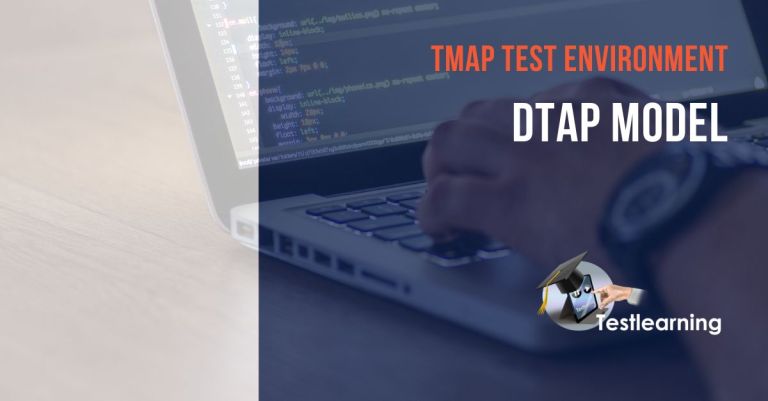
Test environment explained: the DTAP model
There are many different types of testing environments that can be used for structured software testing. In this blog post, we will discuss the OTAP model and how it is used for software testing. Let's get started!
What is a testing environment?
A test environment is a place where a software tester can do tests on his or her software. This place consists of components such as hardware and software, interfaces, environment data, management tools and processes.
Why is a test environment important?
It is important to use a proper test environment because you want to test your software according to a reliable, systematic method. After all, the results of the test must be reliable. Not for nothing are there courses like TMap and TPI that helps you bring software to market as effectively as possible.
DTAP model
One type of a testing environment is the DTAP model. This model stands for Development, Test, Acceptance and Production. In this model, software is first developed in a development environment. Then the software goes to a test environment where it undergoes various types of tests. After the software passes all these tests, it goes to an acceptance environment. In this environment, the software is tested by users to see if it meets their needs. Once the software is accepted, it moves to a production environment where it is used by end users.
Advantages
The main advantage of this model is that the software can be tested early. This helps to find and fix bugs early in the development process.
Disadvantages
The disadvantage of this model is that it is complex and expensive. This is because it requires multiple environments and management tools.
Step 1 - Development
The first part of the DTAP model is: development. Of course, the software must first be developed. You do this in the development environment. This often contains one or more people in a development team who each work on a development workstation on 1 common version, which is copied or "checked in" to the version control program on the development server at the end of each day.
Step 2 - Test
Once the first version of the software is developed, it is automatically converted from program code to a running program. In other words, the software is "built". If necessary, it is also already pushed to the test server. On the test server, partial tests, or "unit tests," can be used to automatically perform technical and functional tests.
Is a 'release' stabilized after the development period? Then it can already be tested with all chosen test cases by the involved parties, persons and users involved.
Step 3 - Acceptance
Are the tests done? After approval, the version of the software can then be installed in the acceptance environment. It is important that this installation process is documented in a production run script. This way, the steps can be gone through and revised when something goes wrong. In addition, you want to go through these steps in the same way in production.
In terms of software and hardware, this acceptance environment in which to work is the same as the production environment as much as possible. This is because it gives the customer a picture of what the software will look like and perform in production.
Step 4 - Production
If the customer accepts the software in the acceptance environment, then it is installed in the production environment. This follows the same steps as when the software was moved from "release" to the acceptance environment. In addition, it is important to have a rollback plan. THEN you can undo the production installation and continue with an older version in case of unforeseen errors or surprises.
DTAP test environment explained
Now that we've explained the DTAP model, we hope you understand it and that this model is going to help you create a proper testing environment. However, this blog is just the tip of the iceberg. Did you know that taking a test course will teach you all facets of software testing? Still have questions? If so, feel free to contact us!
Want to know more about Testlearning?
Would you like to be kept up to date with developments around our test training courses? Then follow us on LinkedIn, sign up for the monthly newsletter or read our blogs!
